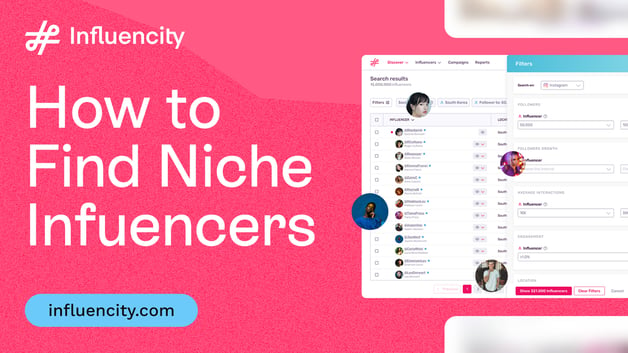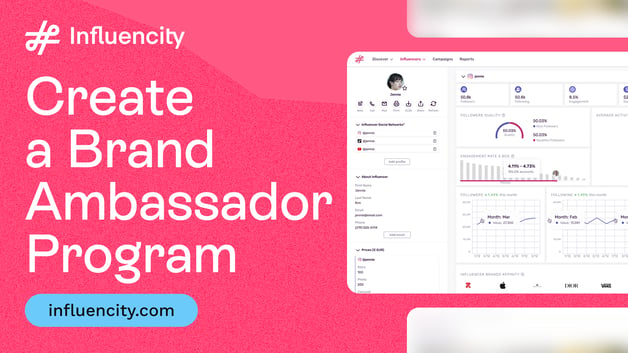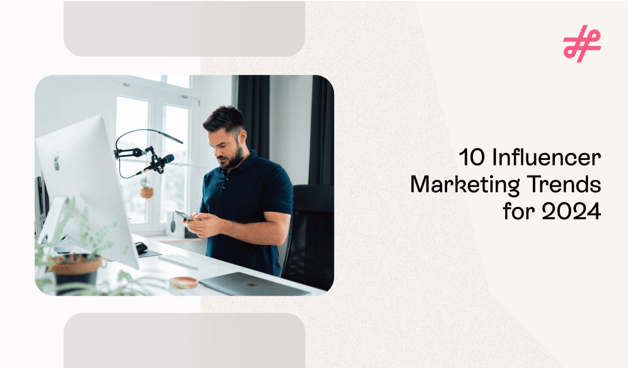Influencer Marketing
Gut Checks Don’t Scale, Data Does: Assessing Influencer Credibility
Influencer Marketing
More and more brands are betting on influencer marketing. And honestly, it makes sense: connecting with a community through someone they actually trust can be super powerful.
But not everything goes. Choose the wrong influencer, and it could cost you big time.
The problem? We’re still getting dazzled by aesthetics, big numbers, and whoever’s trending that week. And in today’s overcrowded scene, that’s just not enough anymore.
If you really want your investment to pay off, you need to dig deeper. Look at actual data. Figure out if the audience is real, if there’s genuine engagement, if the content vibe matches your brand, and if the influencer is someone who makes sense long-term. In other words, it’s all about assessing influencer credibility—understanding whether they truly have the trust and influence needed to drive meaningful results.

In this article, I’ll walk you through how to do exactly that; what metrics to look at, which red flags to watch out for, and how to lean on tools like Influencity to make smart, solid decisions (without crossing your fingers and hoping for the best).
Because working with influencers can be amazing… if you know how to choose wisely.
The Cost of Misjudging Influence
Working with the wrong influencer can actually hurt your brand’s image. Sometimes, what looked like a golden opportunity turns out to be a facepalm moment. This usually happens when decisions are based only on likes or follower count, without assessing influencer credibility.
Jeffree Star x Morphe
In July 2020, cosmetics company Morphe announced that it would "cease all commercial activity" with makeup mogul Jeffree Star and his brand Jeffree Star Cosmetics. This decision came after a wave of backlash against Star and his friend and co-collaborator Shane Dawson. Previously, Morphe was the primary brick-and-mortar outlet for Jeffree Star Cosmetics.
The controversy surrounding Jeffree Star, including allegations of racism and offensive behavior, led to significant public criticism. Morphe faced intense pressure to sever ties, and eventually ended their collaboration with Jeffree. The controversy damaged Morphe’s reputation, especially since their brand was marketed as inclusive and diverse, making the association with Jeffree problematic for many consumers.
This case highlights how the personal controversies of an influencer can spill over and impact the brands they represent.

Scott Disick x Bootea
Scott Disick, best known for his role on Keeping Up with the Kardashians and his unapologetically flashy lifestyle, gave us one of the most legendary influencer marketing fails.
It all went down when Scott posted a sponsored Instagram photo promoting Bootea, a “detox tea” brand. But instead of crafting a natural-sounding caption, he literally copied and pasted the instructions the brand had sent him:
"Here you go, at 4pm est, write the below: Caption: Keeping up with the summer vibe..."
Yep. He posted it exactly like that. Instructions and all.
The internet, of course, had a field day. The post went viral for all the wrong reasons, and it was painfully obvious Scott didn’t actually use the product, had zero connection to the brand, and that the whole thing was as staged as it gets.
But the issue wasn’t just the sloppy post—it was the fact that he wasn’t a good fit to begin with. His party-boy image clashed hard with the whole health-and-wellness vibe Bootea was going for. It was a classic case of a forced partnership that fooled no one.
Moral of the story: if your influencer doesn’t genuinely represent your brand, your audience will smell it a mile away. And fast.

On the other hand, here are a couple of successful collaborations where the influencer’s image truly aligns with the brand’s values.
Nike x Serena Williams
Nike has long been known for partnering with athletes who embody their brand’s values of determination, performance, and empowerment. Serena Williams is a textbook example of this perfect fit.
Serena isn’t just a tennis legend; she’s a fierce advocate for equality, strength, and breaking barriers—exactly the message Nike wants to promote. Their campaigns with her go beyond sports gear; they tell inspiring stories of resilience and empowerment that deeply resonate with Nike’s audience.
The collaboration feels authentic because Serena genuinely represents everything Nike stands for. Fans don’t see it as just a sponsorship; they see a true partnership that motivates and connects on a personal level.
This synergy has helped Nike maintain its leadership in the sportswear world and build a loyal community inspired by real values—not just flashy ads.
Fenty Beauty x Angélica Silva
Fenty Beauty teamed up with Angélica Silva to promote products like the Gloss Bomb Oil and Hydra Vizor Huez. This collaboration was very well received and felt like a natural fit with the brand’s image.
Angélica Silva is a Brazilian influencer and makeup artist known for her polished aesthetic, authentic voice, and strong commitment to inclusion — all of which align closely with Fenty Beauty’s core values.
She represents diverse and real beauty, resonating with audiences that are often underrepresented in the beauty industry. Her profile perfectly matched Fenty’s philosophy: representation, authenticity, and diversity without compromise.
The collaboration came across as credible and sincere. Followers appreciated that Fenty chose a creator who not only has expertise in makeup but also engages meaningfully with social and identity topics.
Because of this authentic alignment between the brand and the influencer, the campaign gained strong visibility across social media and further reinforced Fenty's position as a truly inclusive and forward-thinking beauty brand.
Credibility Metrics That Actually Matter
It’s no longer just about how many followers an influencer has. What really counts is who those followers are, how they engage, and whether the relationship between the creator and their audience is genuine. Assessing influencer credibility means looking beyond the numbers to understand the quality of that connection. These are the key metrics every brand should be paying attention to:
Quality of Engagement
Are the comments relevant and specific? Are people genuinely responding to the content, or just dropping emojis to stay active in an engagement pod? The metric that truly matters is the nature of the comments.
A great example in the English-speaking world is Liah Yoo, who stands out for the quality and depth of her interactions with her audience. Beyond follower count or likes, what really stands out is how her followers leave thoughtful, detailed comments, ask specific questions about ingredients, and openly share their own skincare routines.
This kind of engagement shows there’s a genuine sense of trust between her and her community. Liah creates conversation. She educates, listens, and responds with honesty and warmth, which makes her recommendations feel authentic and well-grounded.
For any skincare brand, partnering with someone like Liah Yoo is a smart move. Her audience is engaged, they trust her, and they put her advice into practice. And when an influencer has that kind of relationship with their community, any campaign is bound to have a stronger impact.

A qualitative analysis of the comments reveals whether the audience trusts and values the influencer’s opinion.
Audience Authenticity
Do the followers live in the markets your brand cares about? Are they real accounts or bots? Do their interests align with your product? Assessing influencer credibility involves analyzing the demographics, location, interests, and behavior of an influencer’s audience to ensure they genuinely align with your brand’s goals. This kind of insight is essential for making smart, strategic partnerships.
Tools like Influencity can help you:
- Detect suspicious or fake followers
- Measure the level of affinity between the audience and your brand
- Identify passive or unengaged audiences

Content Consistency
An influencer might have strong engagement today, but have they been consistent over time? Do their values, language, and tone align with your brand? Or do they shift their identity with every campaign they promote?
Creators who only post sponsored content without a clear narrative tend to lose credibility. Consistency conveys authenticity and builds trust with the audience.

Sentiment Score
It's not just about how many people comment, but how they feel about the content. Understanding the emotional tone of the response is key. Sentiment analysis tools can help determine whether the overall reaction is positive and enthusiastic, or more indifferent or neutral.
This kind of insight is incredibly valuable when evaluating a potential collaboration — it helps you anticipate how your own audience might respond before making an investment.

Tools That Help You Move From Guesswork to Smart Decisions
We’ve all fallen into the trap of thinking, “This influencer has followers — they must be a good fit.” But the truth is, intuition alone doesn’t get you very far. And in marketing, what you can’t measure, you can’t really improve.
Thankfully, you no longer have to go in blind. There are tools that let you take a closer look at who’s really behind a profile, how their community engages, and — most importantly — whether they actually make sense for your brand. Assessing influencer credibility is at the core of this process. It’s not about picking the one with the most likes, but the one that truly aligns with your goals.
Platforms like Influencity make that entire process more strategic and professional — without making your life harder. With this kind of tool, you don’t just find influencers; you get full dashboards that help you make smart, informed decisions.
What Can You Do With Tools Like Influencity?
Complete, Verified Profiles
No fake numbers or bought audiences. You get detailed breakdowns: follower age, country, interests, top-performing content, and how their engagement evolves over time.

Real-Time Monitoring
Want to know if a campaign is performing well? Or catch negative comments before they turn into a bigger issue? With live tracking, you can react quickly and make on-the-go decisions.

Brand Alignment Filters
You can apply custom filters to find only the creators who truly match your style, values, industry, or target audience. Looking for moms aged 30 to 40 with followers in southern Spain? You’ll find them in seconds.

Campaign Performance
The difference lies in how you use the tool. It helps you see whether posts are actually driving results or just looking good on the surface. It also allows you to assign tasks to the influencers involved in the campaign.

In Conclusion
Collaborating with influencers can be one of the most effective strategies to reach new audiences, build trust, and boost brand value. But for it to work, intuition and surface-level metrics are no longer enough. Choosing the right creator means truly understanding their audience, their communication style, the consistency they maintain over time — and most importantly, assessing influencer credibility.
Using data, focusing on the quality of interactions, and relying on professional tools is what separates a failed collaboration from a successful campaign. Because at the end of the day, it’s not about gaining visibility at any cost — it’s about building authentic relationships that create real impact.
In today’s content-saturated world, brands are fighting to stand out. Choosing wisely is no longer a competitive advantage — it’s a necessity.
Tags:
Influencer Credibility
Andrea Vázquez
Andrea Vázquez has a degree in Law, but her passion for digital marketing led her to specialise with a master's degree in digital marketing, communication and social media. She loves social media, writing engaging content and travelling whenever she can. When she's not creating digital strategies, she's probably...





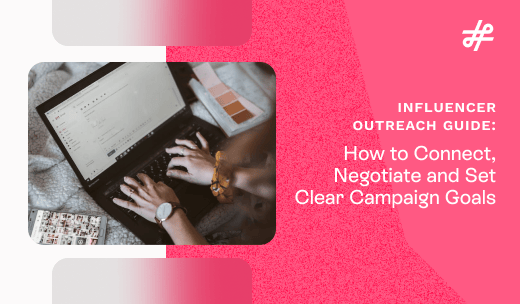




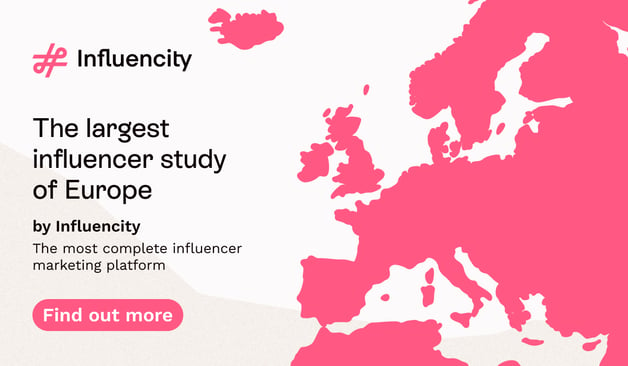

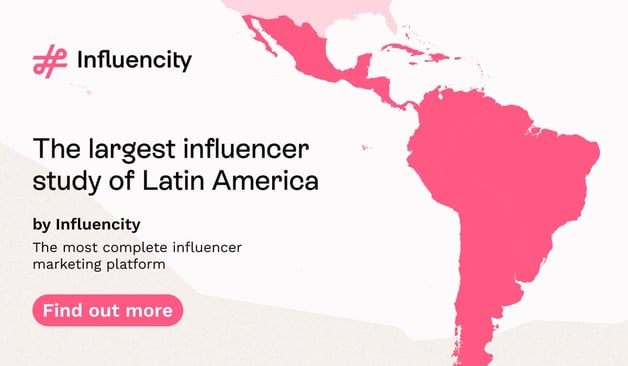


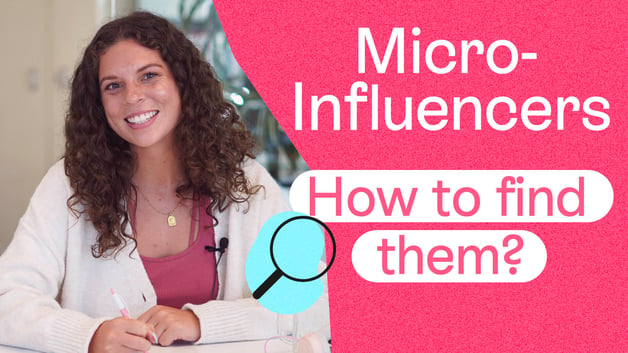


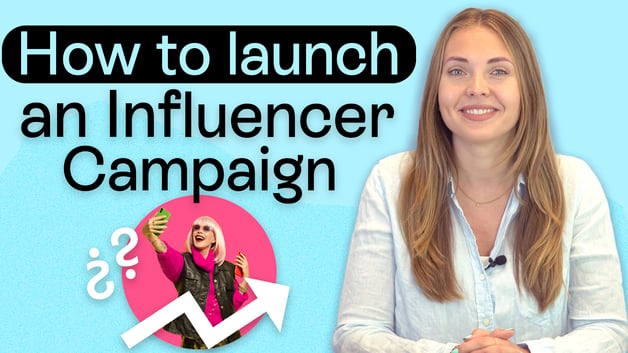

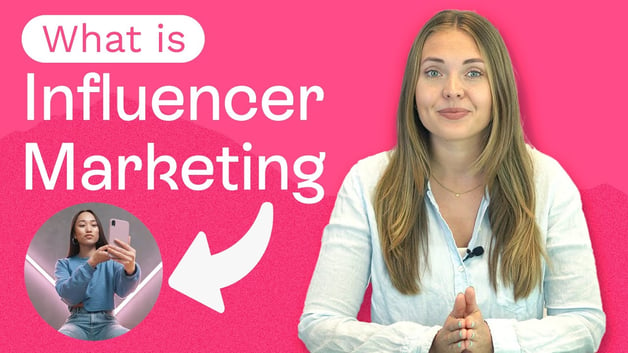

%20and%20How%20Can%20They%20Benefit%20Your%20Brand%20article.jpg?length=628&name=What%20Are%20Key%20Opinion%20Leaders%20(KOL)%20and%20How%20Can%20They%20Benefit%20Your%20Brand%20article.jpg)
